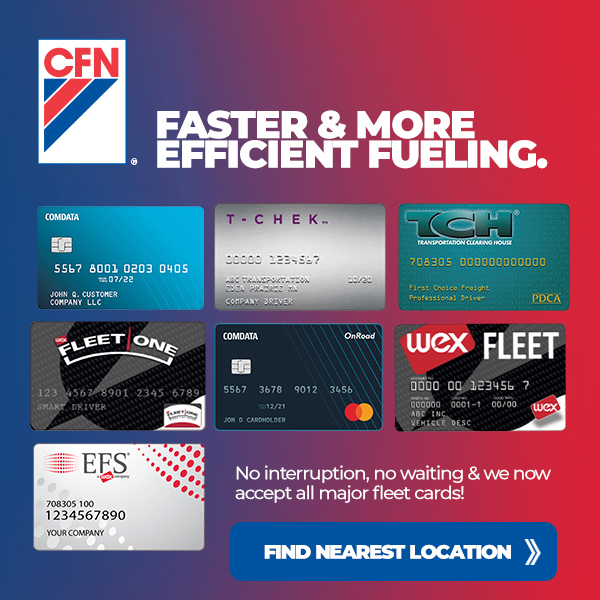
By Darren Verebelyi, PhD, President, CoScientific
People committed to moving people and goods are exactly what the virus relies on. It does not care that we need to feed our families, distribute medical supplies, or take a group of children to school. It may be mindless, but its purpose is resolute: Find another host and replicate.
The virus is an enemy that degrades our standard of living and attacks innocent people. It will take our combined effort to defeat it. Our strategy needs to be a defense that stops infection while maintaining our economy and way of life.
Computer networks and the TSA protect people and resources with multiple layers of security because each one is not 100% effective. Imagine each layer is a slice of swiss cheese and by stacking multiple layers you can effectively cover the holes that are in each layer. I believe a strategy of layered safety is a methodology that should be embraced by the fleet community to combat COVID-19.
In our fight, manually cleaning surfaces, the use of masks, hand sanitizers, social distancing, and isolation all contribute to reducing the spread even though each is imperfect.
The fact is, we know that airborne transmission is the primary route for virus transmission, but the reason we need to keep cleaning surfaces is that people breath, cough, sneeze, talk, and touch everything. And that’s just the adults, have you ever watched a toddler? A prominent study in the New England Journal of Medicine reported that the virus can remain viable and infectious in aerosols for hours and on various surfaces for days.
Ultraviolet (UV) light has germ-fighting benefits that clean the air and surfaces and can be an effective layer in the protection toolbox. It can treat areas that are difficult to clean, adverse to the use of chemicals, and high-traffic areas. UV technology not only eases public and employee concerns, but it also provides at-risk individuals with additional protection.
The most effective part of the UV spectrum is the high-energy UVC wavelength at 254 nm. UVC does not make its way through the atmosphere to earth from the sun but it can be made easily with a lamp. UVC light is referred to as germicidal because it is highly effective in disabling hundreds of microorganisms such as bacteria, viruses, molds, and other pathogens. Therefore, it is widely used to disinfect water, the air in commercial buildings, and surfaces of medical equipment.
UV light is used as a disinfectant by illuminating an area for an amount of time to deliver enough light to be effective based on lab testing (99.9% is the typical target). Similar to temperature and time are given in the recipe for cooking an egg, the amount of light coming from the lamp, the distance to the surface, and time spent at that location all factor into providing an effective dose of light to inactivate the microbes in the area.
A negative aspect is the necessity to clean surfaces that are shaded from the light and making sure enough light has been emitted. The primary advantages of UVC disinfection are having a chemical-free and broad method of treating surfaces and air within a space. UVC light doesn’t typically destroy the entire virus, but it does do critical damage that inactivates the virus’s ability to replicate and be infectious. UV light is an effective tool in your safety arsenal that will help keep freeriding viruses out of your fleet.




